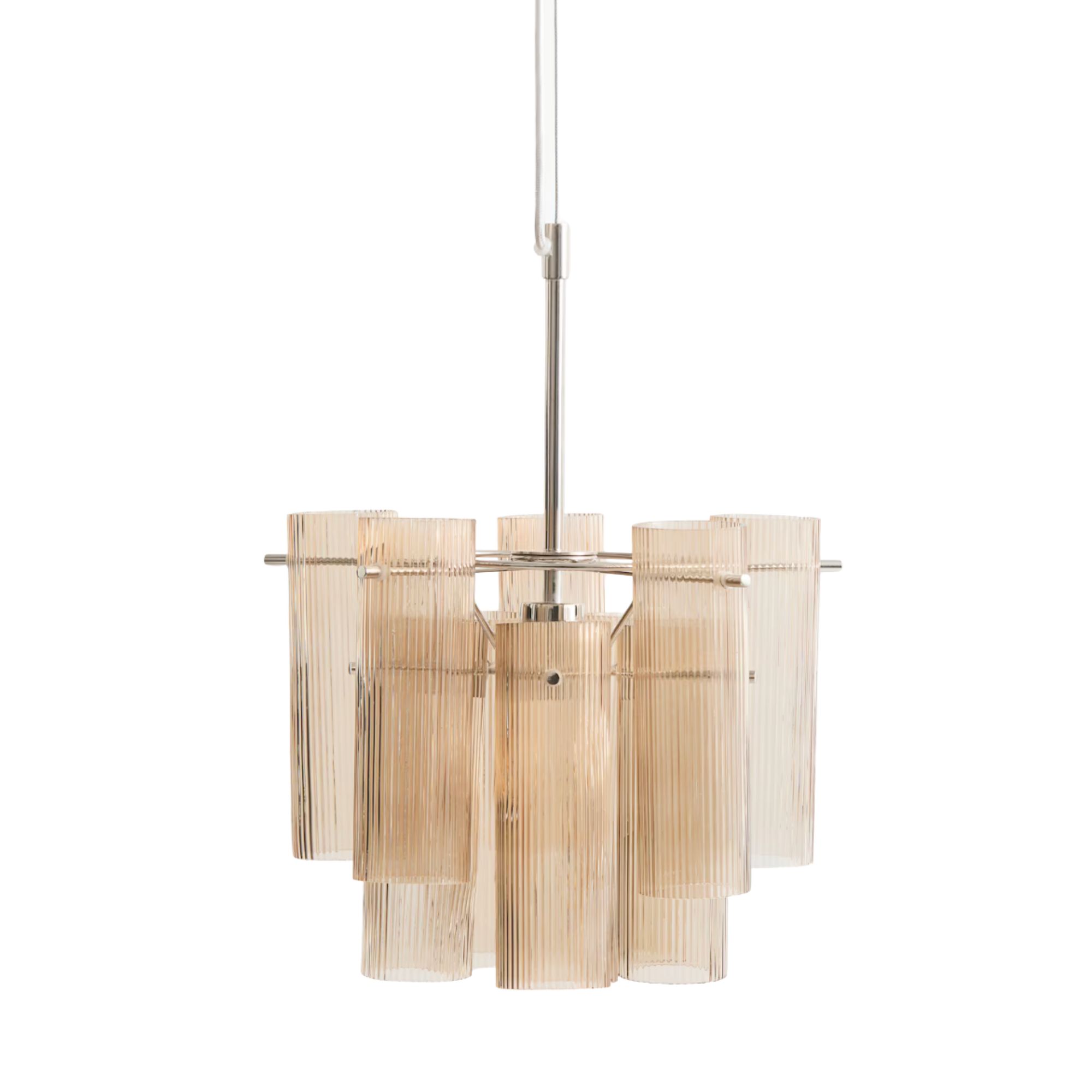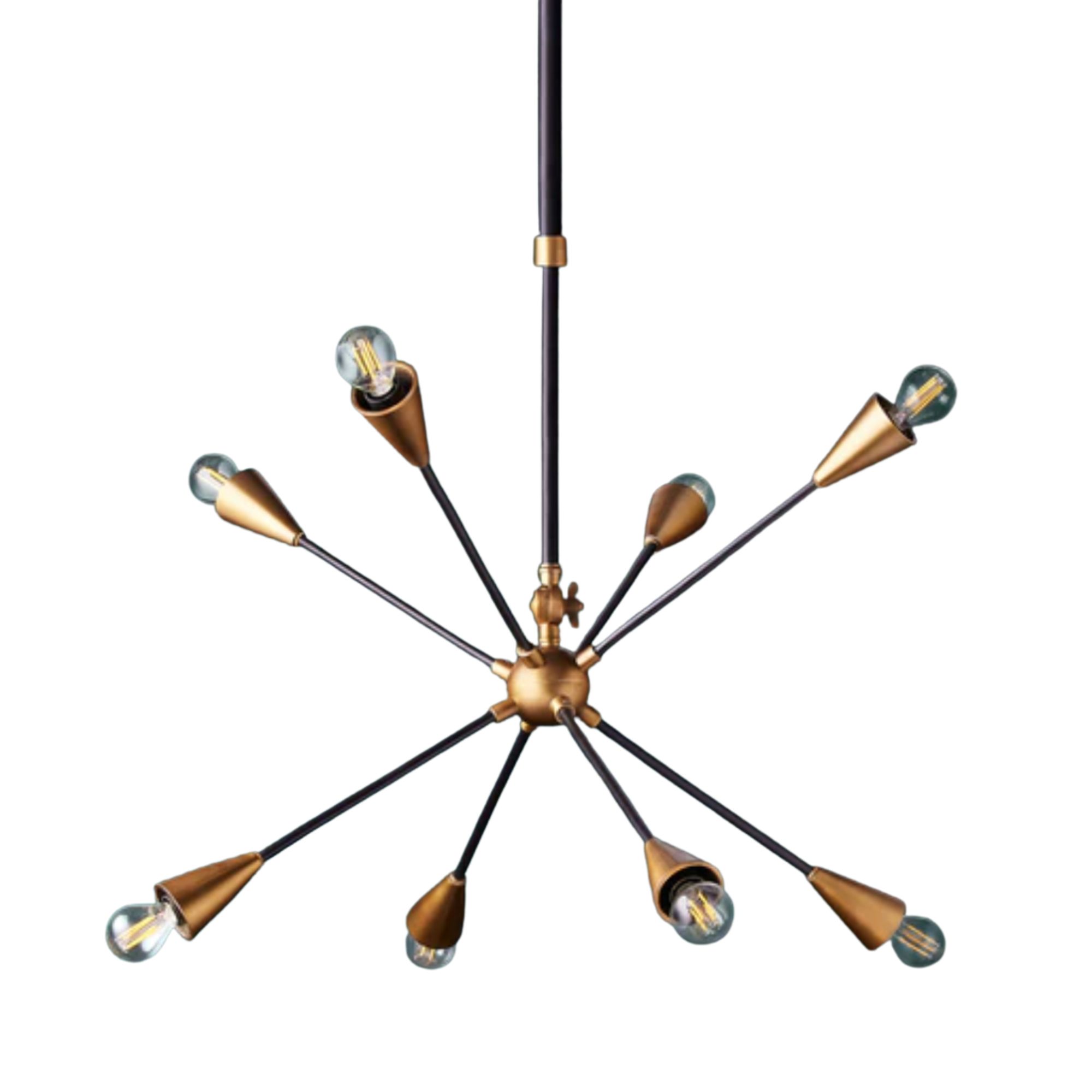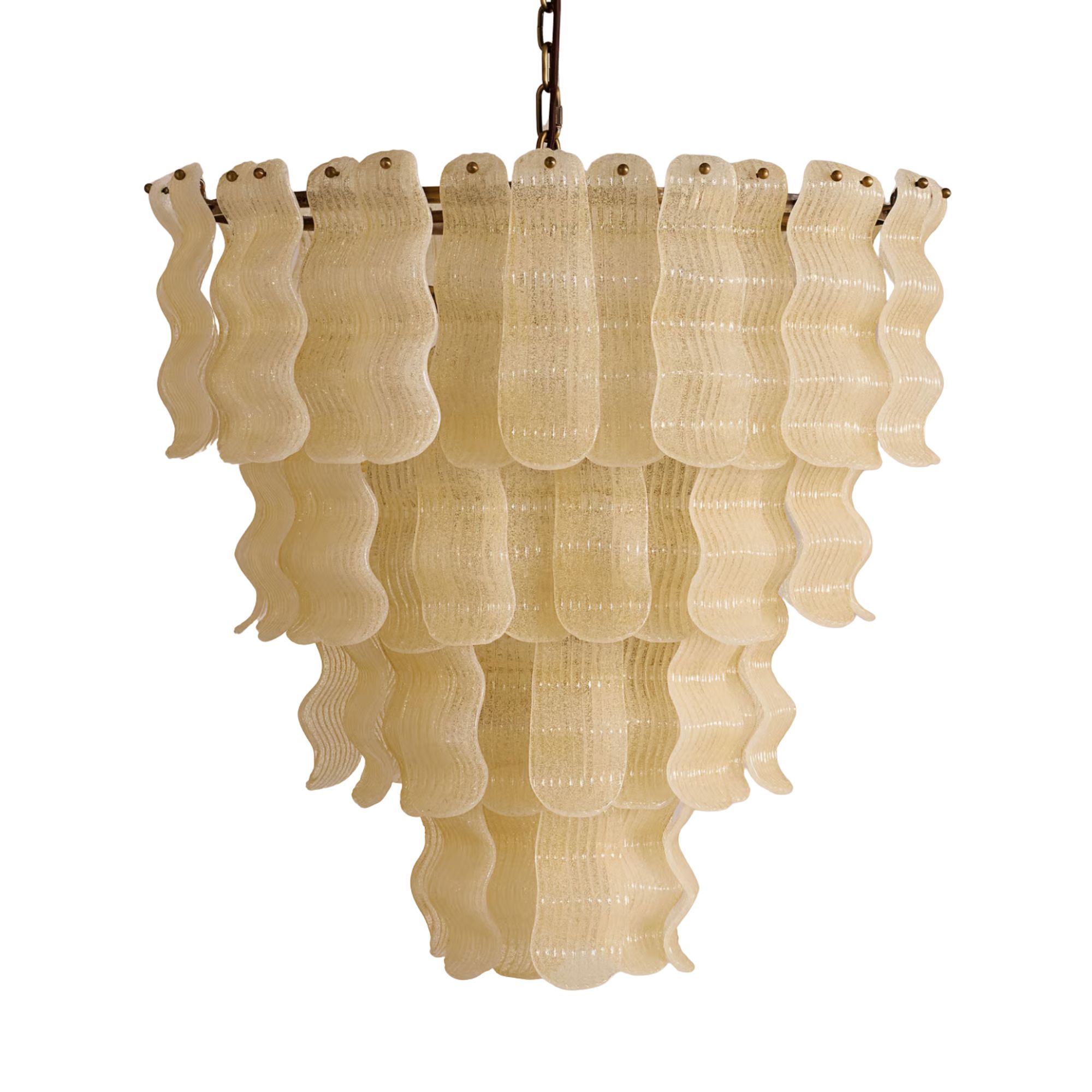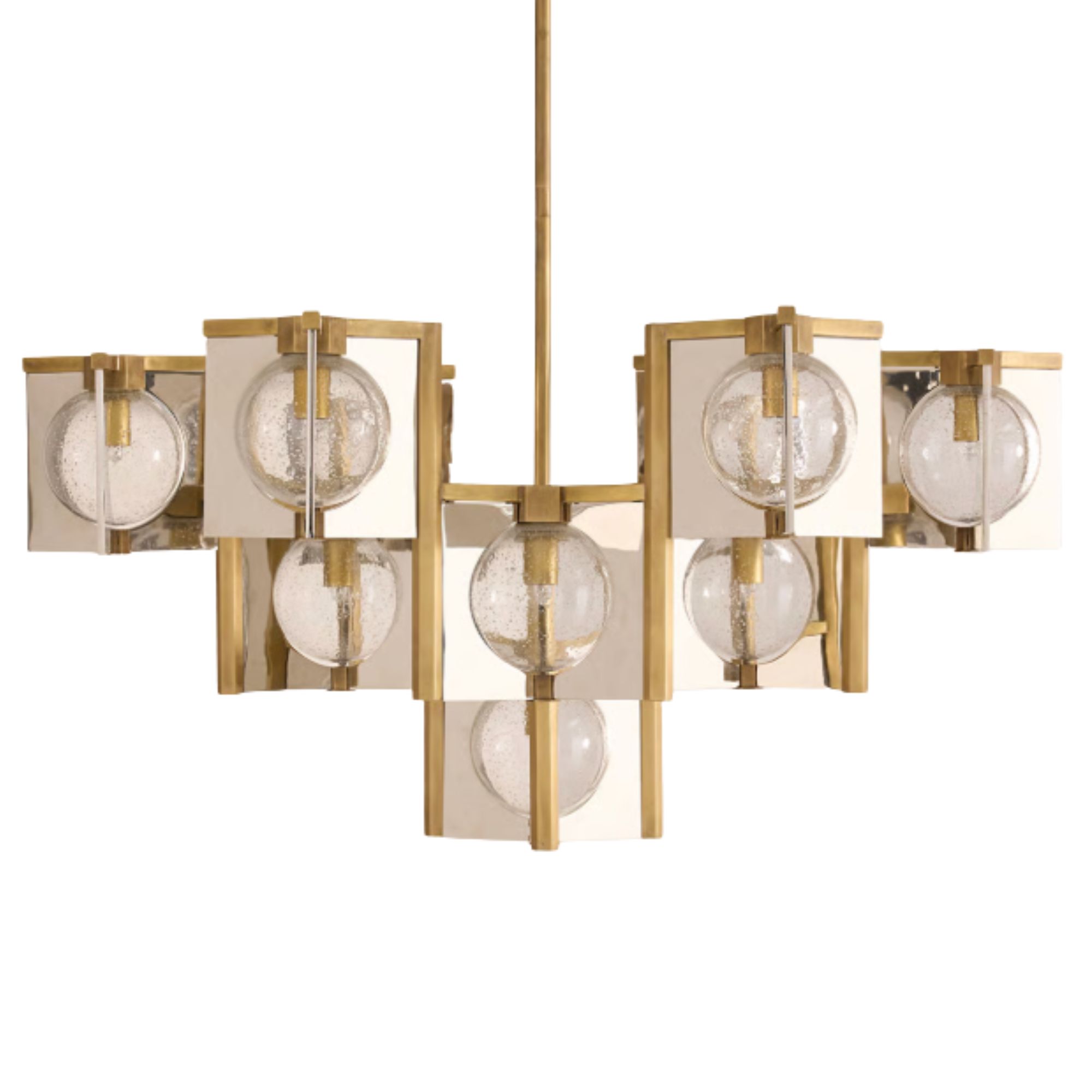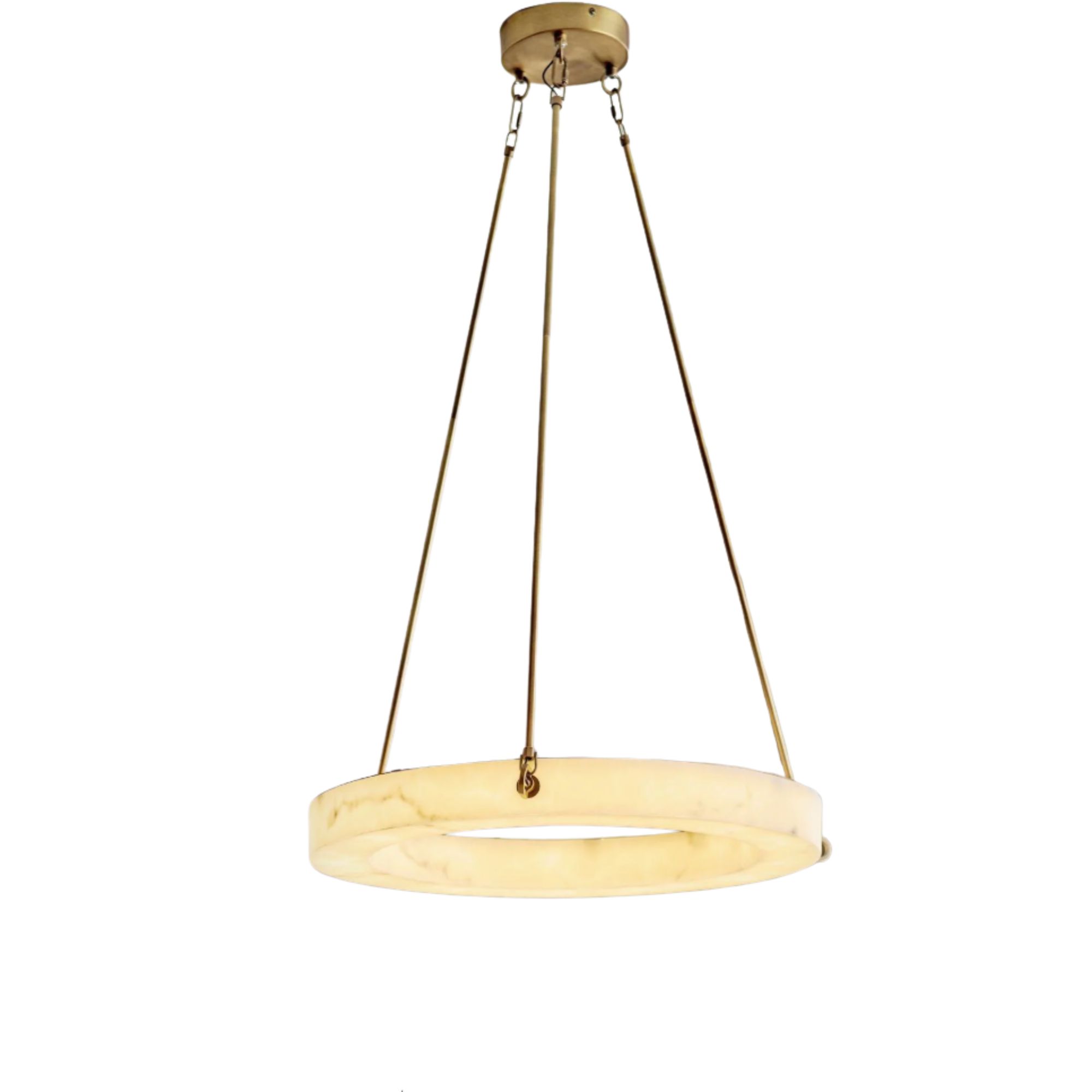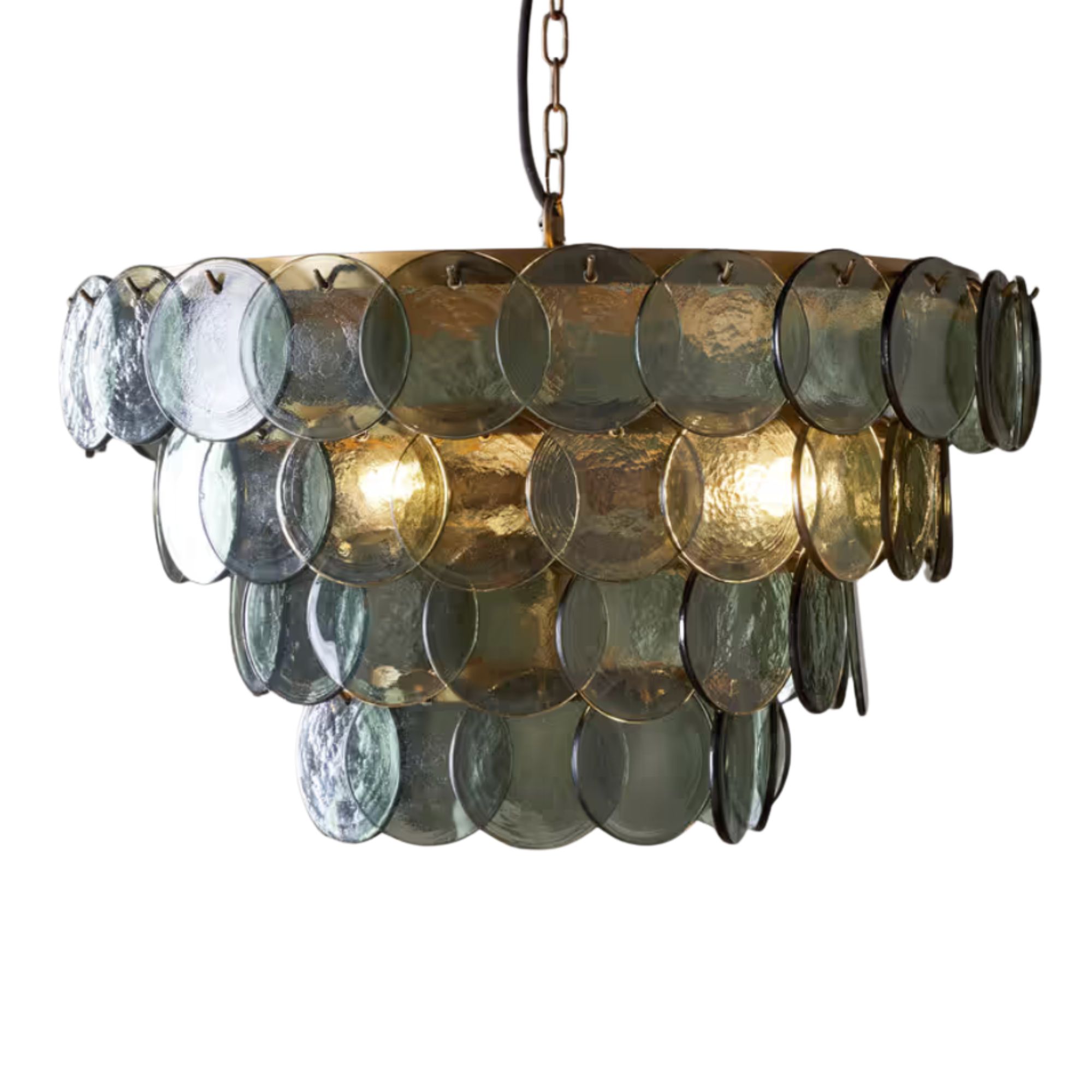I'm Calling It, Chandeliers Will Be Everywhere in 2026 — Here's How to Make the Castle-Coded Lighting Fixture Feel Fresh and Contemporary
You heard it here first — so, discover how to make this once-outdated luminaire work in a more modern setting
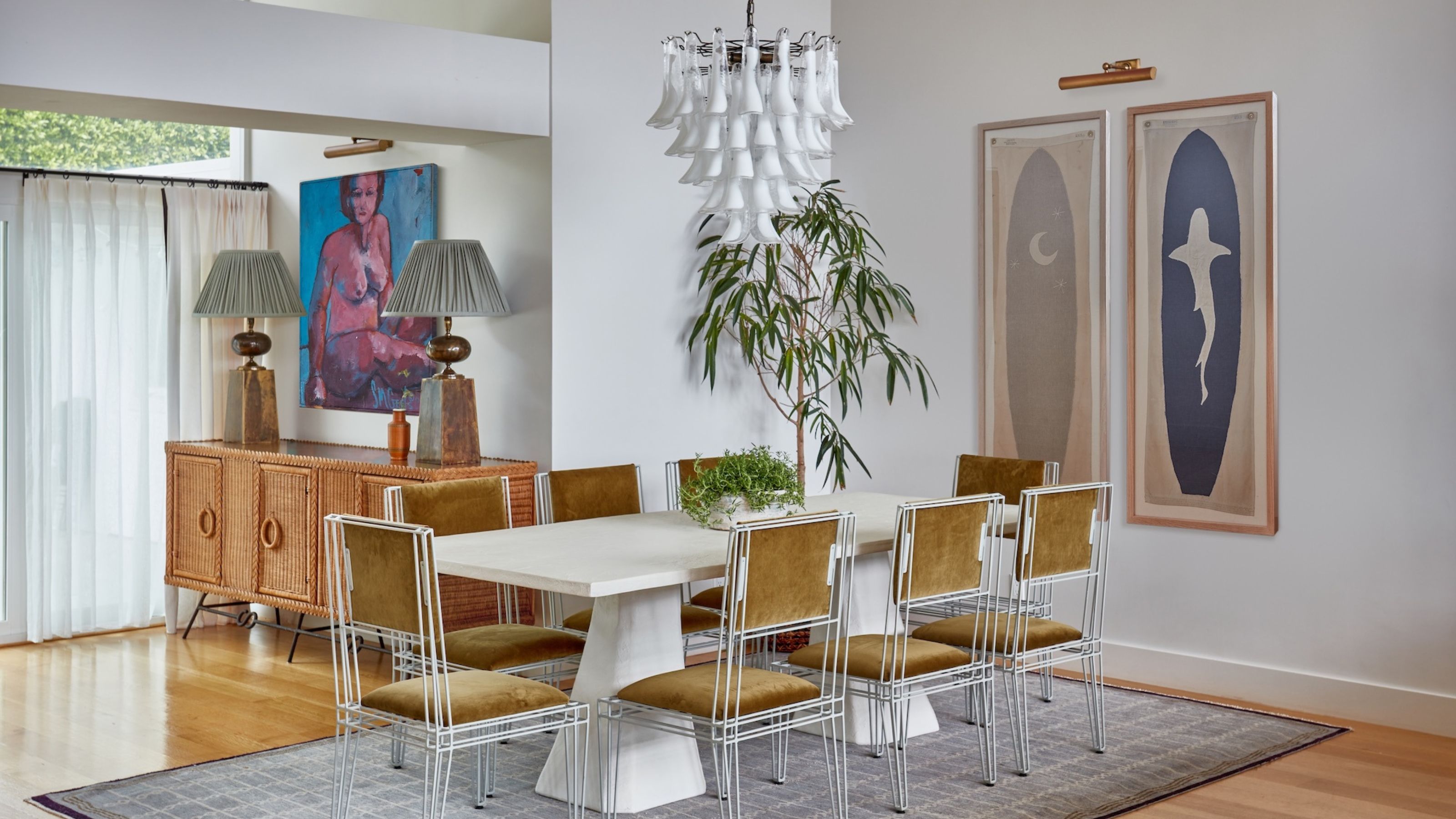
Once upon a time, in churches, castles, and grand manors far, far away, chandeliers represented more than just a light source — but a symbol of wealth and power. Like all crazes, these once-antiquated and ornate lighting fixtures soon fell out of favor for something a little bit more low-key. But in 2025 (and beyond), chandeliers look set to make their grand return — and according to interior designers, it's because we're all craving a bit more drama and character in our homes.
"With the rise of ‘castlecore’ and a shift towards layered interiors, lighting has become less about function and more about storytelling,” Kunal Trehan, interior designer and founder of Touched Interiors, explains. “A chandelier immediately anchors a room with presence and history, yet today’s reinterpretations feel less fussy and more architectural.”
So it's out with the elaborate and embellished chandeliers we once knew, and in with more stripped-back silhouettes and unfussy designs. To make this lighting trend feel more appropriate for contemporary spaces, we asked designers for all their bright ideas.
1. Steer Clear of Excess Shine
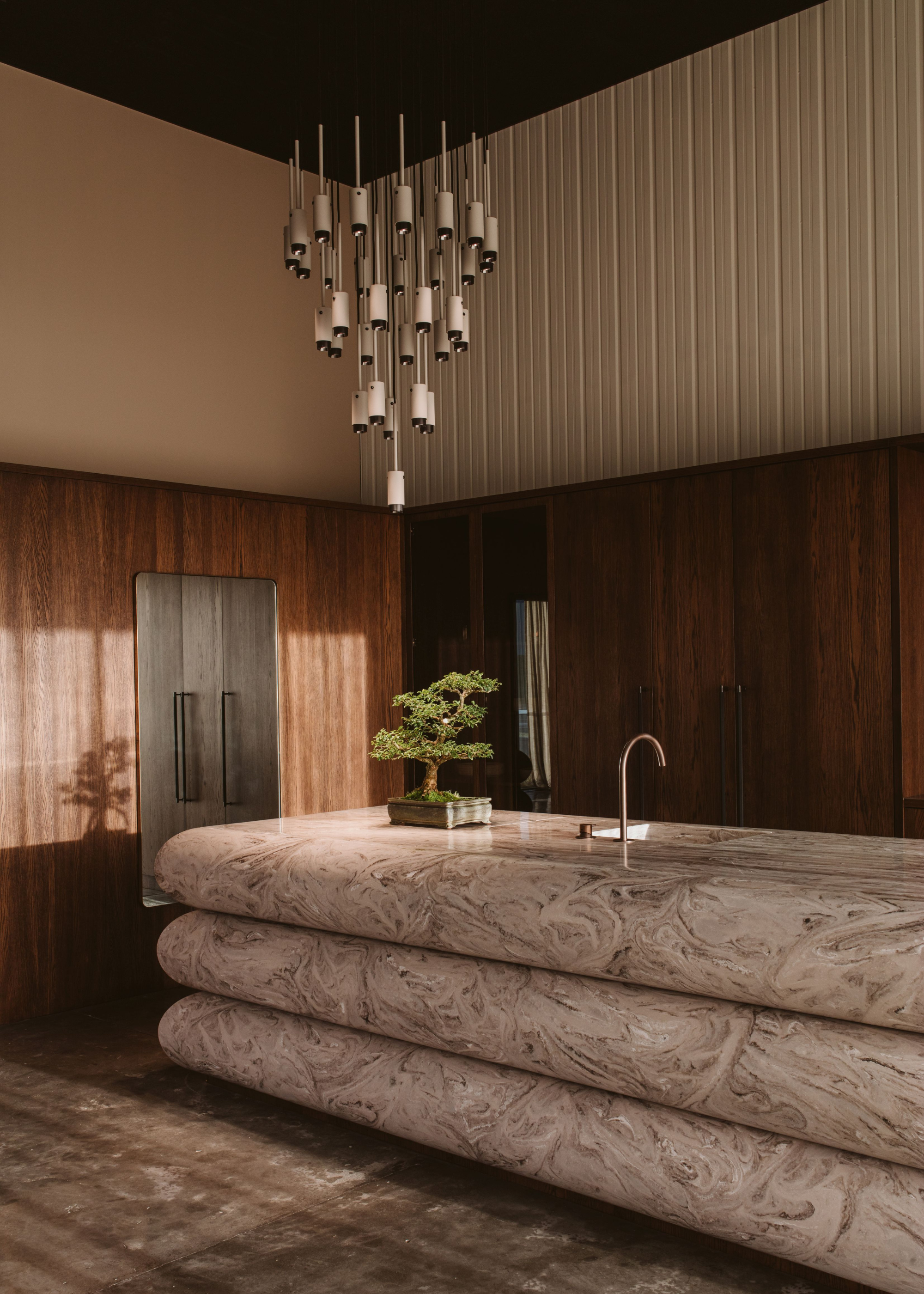
"Instead, opt for sculptural forms, smoked glass, bronze, or matte finishes," Kunal says. "Fluid, organic shapes or sharp geometric lines feel far more relevant for 2026 interiors."
“A chandelier brings drama and elegance anywhere — from a grand ballroom to a humble laundry — because it instantly conveys a sense of intention," Jen Baxter, interior designer and founder of Baxter Hill Interiors, says. "It says 'this space matters'.”
And because of that, Jen says if you want to make a chandelier work in a modern space today, it's less about gilded formality and more about an artful presence. You want to avoid "over-ornamentation" and "excess shine," she notes.
“The magic is in the profile and the mood it creates, not in sheer sparkle,” Jen adds. “Let the chandelier be the statement, and frame it with contrasting shapes and finishes to make it feel unexpected and modern.”
Jen is the founder of Baxter Hill Interiors, a boutique design studio specializing in heritage-inspired, layered residential interiors. She prides herself on creating homes with depth and her ability to design luxurious spaces that reflect the people who live within them.
2. Treat Chandeliers Like Art
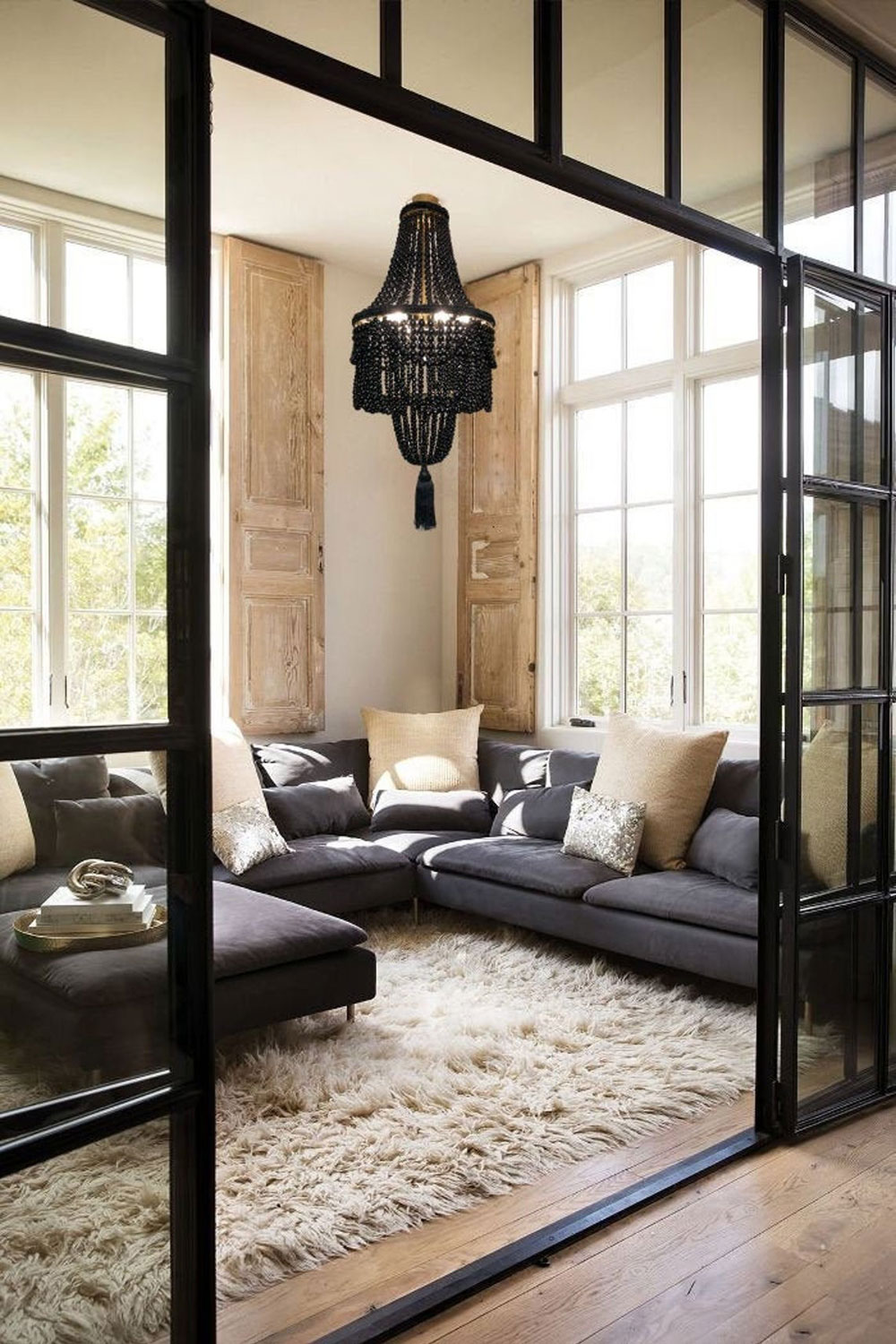
This black chandelier contrasts perfectly against the light, bright, and airy backdrop. It's the star of the show.
It's not just paintings that deserve pride of place in a room. Anything that combines artistic design, skillful craftsmanship, and cultural significance is worthy of stealing the spotlight. And today's chandeliers tick all those boxes (and more).
The Livingetc newsletters are your inside source for what’s shaping interiors now - and what’s next. Discover trend forecasts, smart style ideas, and curated shopping inspiration that brings design to life. Subscribe today and stay ahead of the curve.
To make them feel right at home in any modern space, Jen recommends: “Choosing a shape or finish that contrasts with its backdrop — matte black or smoked glass against bright walls, or pared-back crystal would work well in a minimalist setting."
"Brushed or antiqued metals tend to sit comfortably in most rooms," she adds. "Polished brass leans less modern, but chrome can feel surprisingly fresh, especially in a contemporary Art Deco-inspired space."
3. Contrast Is Key
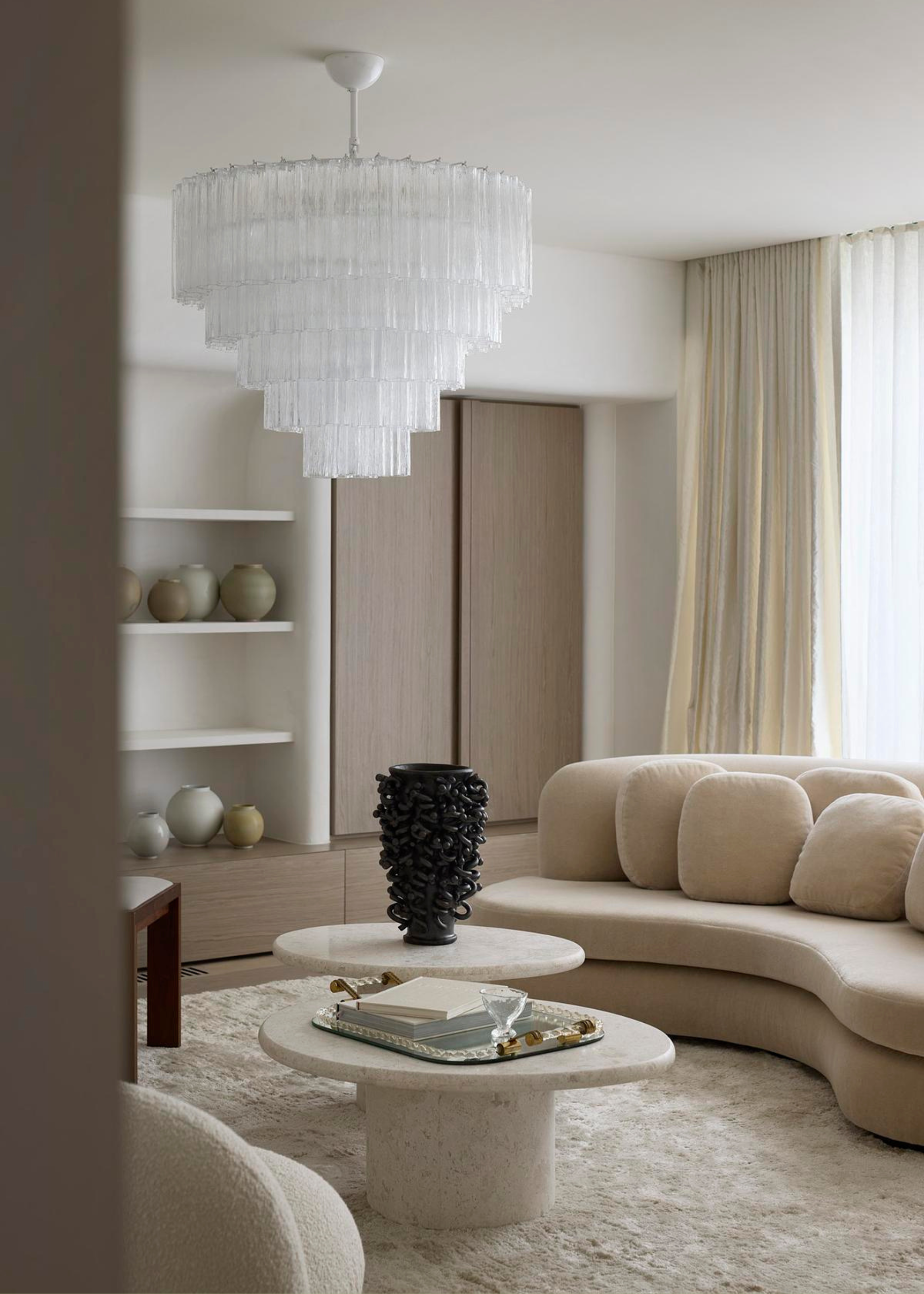
When done well, chandeliers offer more than just a light source. "It’s a sculptural focal point that elevates everything around it,” Kunal says.
From creating ambience with cool light vs warm light to LED and ceiling-hung designs, on the surface, lights of any kind can create an instant atmosphere. And chandeliers are no different.
According to Kunal Trehan, interior designer and founder of Touched Interiors, when adding one of these lighting sources to a contemporary space, contrast is key.
“Pair a contemporary chandelier with clean-lined furniture, pared-back palettes, and natural textures," he says. "It should feel like an intentional design moment rather than a relic from the past."
Kunal runs the multi-award-winning design studio specializing in high-end residential and commercial spaces. He has a keen eye for detail and a passion for bespoke design, and has transformed prestigious properties across the UK and beyond, working with elite clientele, high-profile individuals, and global brands.
4. Bigger Isn’t Always Better
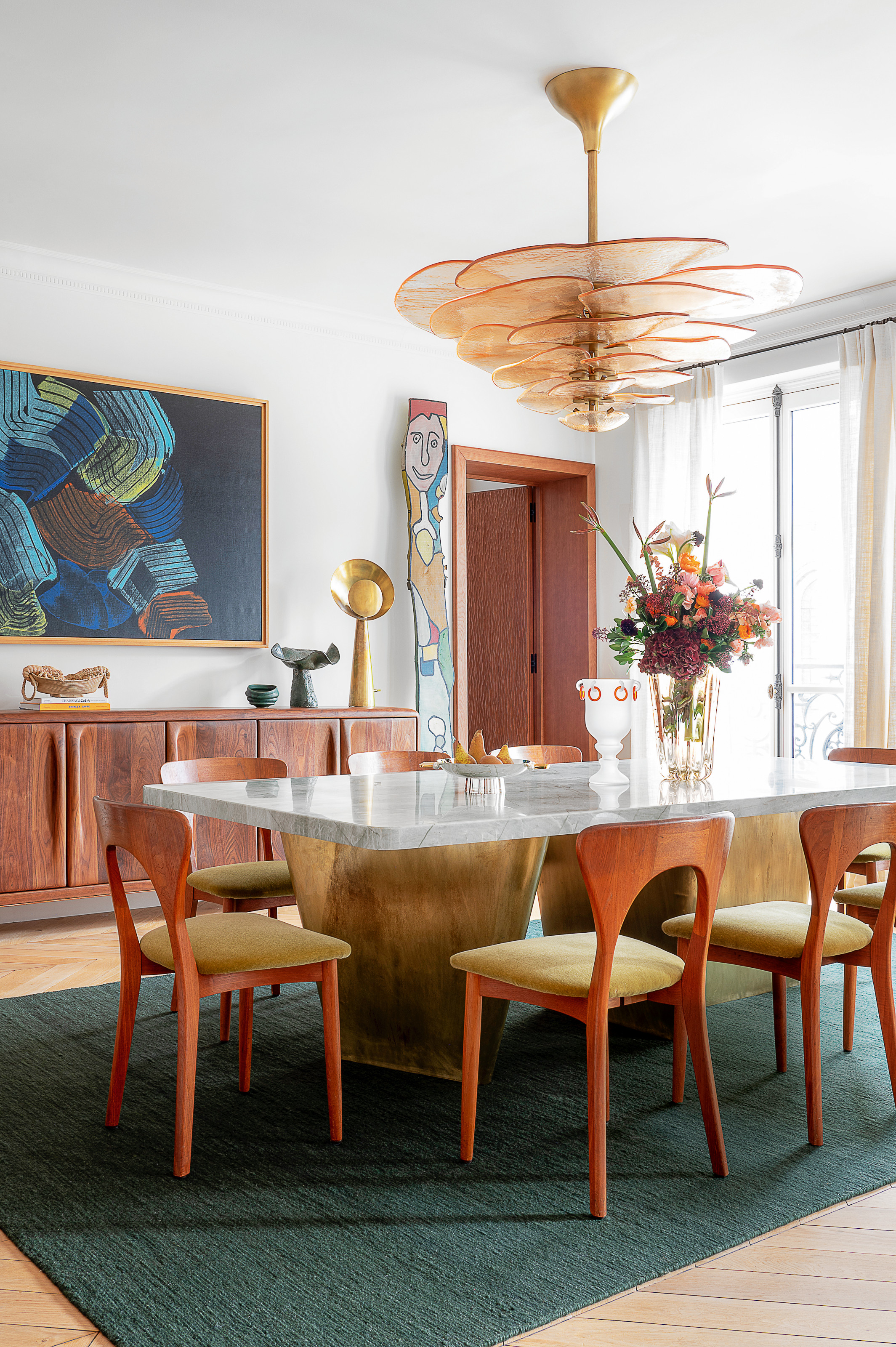
Proportions are everything when it comes to making a chandelier fit in a contemporary space.
You know how the old saying goes: go big or go home. But when it comes to adding a chandelier to your space, this isn’t always the case. “Keeping scale in check and choosing minimalist silhouettes ensures it feels fresh,” Kunal says.
And it makes sense. Whether you're hanging a chandelier or not, learning how to plan the perfect lighting scheme for your home takes serious thought, and everything from the size of your room to the amount of natural light it receives needs to be taken into account.
5. Use Them in Unexpected Places
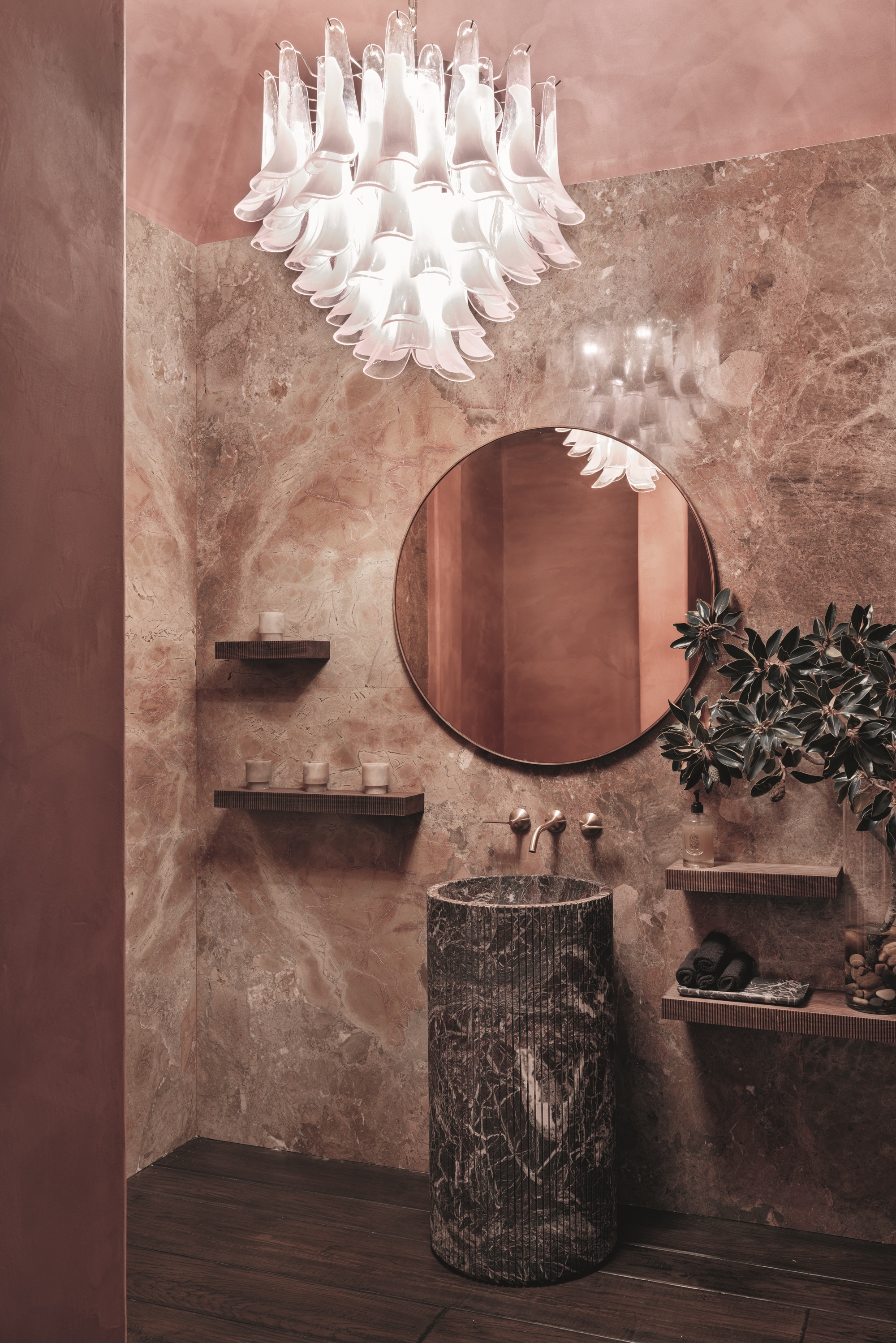
Chandeliers? In a power rooms? It's a yes from us.
A larger-than-life hallway with super high ceilings, next-level cornicing, and a grand double staircase isn’t the only place to hang a chandelier. And neither are other predictable settings, like dining rooms or formal living rooms. (Though it certainly still works here, too.)
Instead, in 2025 and beyond, Kunal says chandeliers work best in unexpected spaces. “A contemporary bathroom, a dressing room, or even a kitchen island,” he says. “These placements give a modern edge, creating a playful sense of surprise.”
So, Are Chandeliers Out of Style in 2025?
Absolutely not. “If anything, 2025 has set the stage for their renaissance,” Kunal says.
A long time ago, the designer says they became synonymous with stuffiness and were too traditional, too showy, and too predictable. “So as design shifted towards minimalism and understatement, chandeliers felt like relics of another era,” he adds.
But the history books have been rewritten: “The chandelier is no longer a dated symbol of grandeur; it’s a statement piece, reimagined for modern living." Bring on 2026.
It’s perfectly possible to make these once antiquated and opulent lighting sources work in more contemporary settings, but it's worth taking these few tips on to ensure they feel contemporary.
To discover where to shop for your next chandelier, discover the British lighting brands that prove homegrown talent is leading the way in illuminating homes.
Becks is a freelance lifestyle writer who works across a number of Future's titles. This includes Real Homes, Top Ten Reviews, Tom's Guide, TechRadar and more. She started her career in print journalism at a local newspaper more than 8 years ago and has since then worked across digital and social media for food, fashion and fitness titles, along with home interior magazines. Her own interior style? She's big on creating mindful spaces in every corner of her home. If it doesn't spark joy or happiness, it has no place here. When she’s not writing, she’s reading and when she’s not reading, she’s writing.
